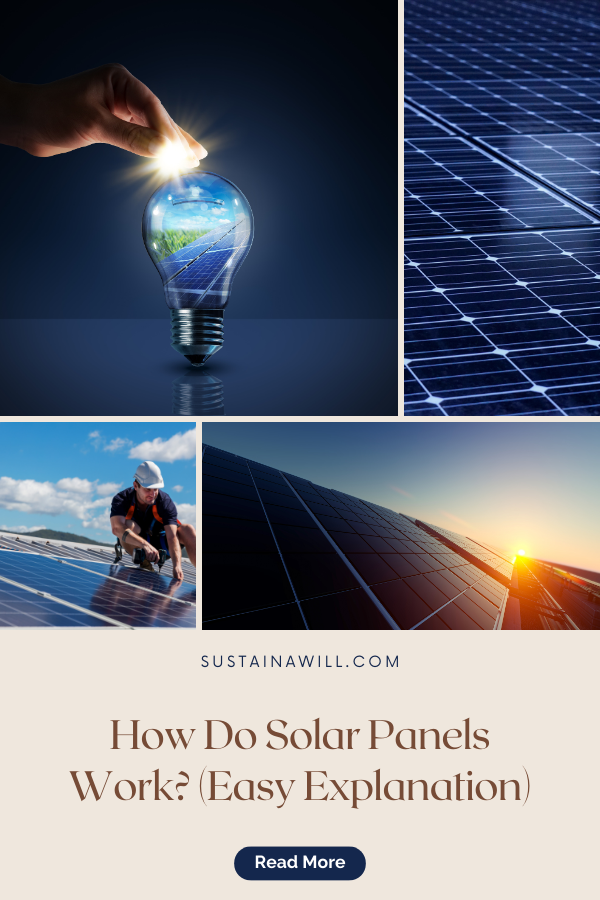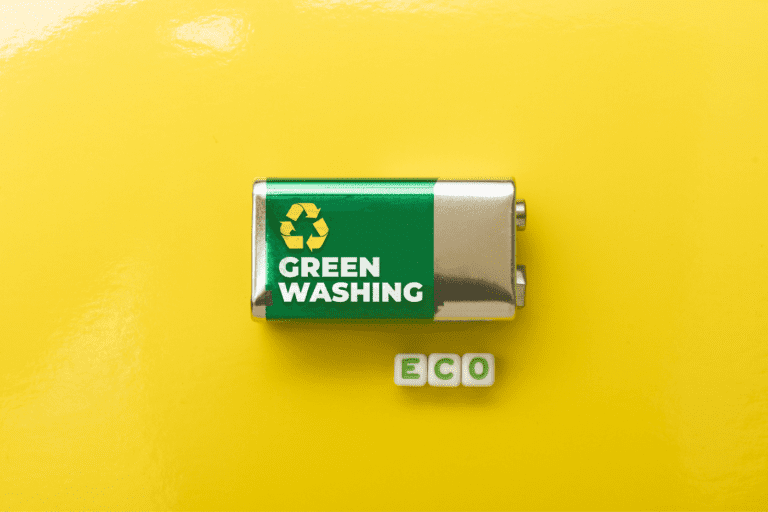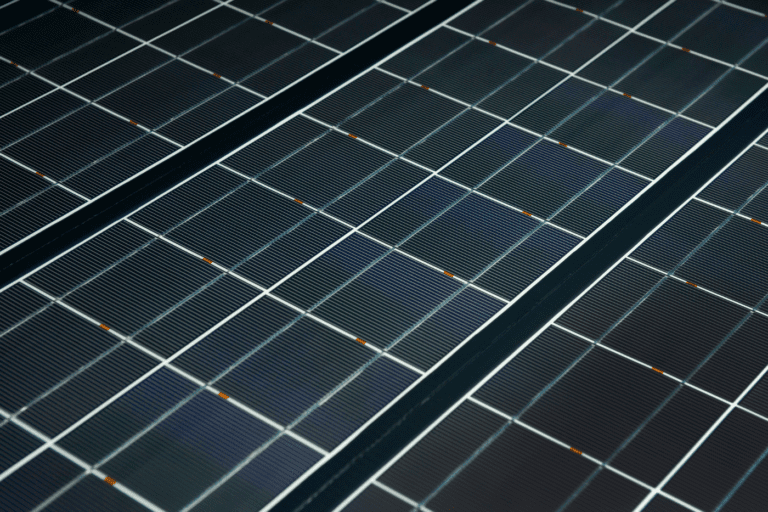Ever found yourself staring at solar panels and wondering, “How does all that sunlight magically turn into electricity?”
Fear not, because we’re about to demystify the process for you in the simplest way possible. If the complexities of photovoltaic effects and electric fields have left you scratching your head, this easy explanation is here to make it crystal clear.
How do solar panels work step by step?
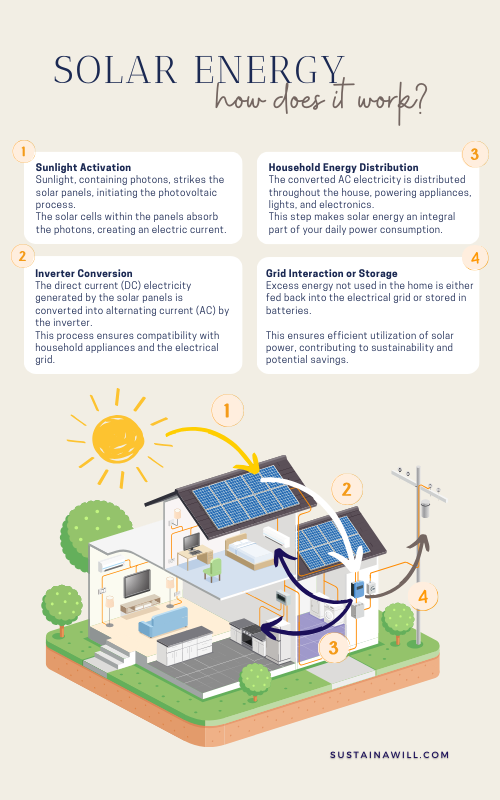
How do solar panels generate electricity?
1. Photovoltaic Effect
- At the heart of solar panels lies the photovoltaic effect, a phenomenon that transforms sunlight into electricity.
- The solar cells, predominantly made of silicon (one of the most common and widely used semiconductors), capture photons when sunlight strikes them.
- The absorbed energy excites electrons in the semiconductor material, causing them to break free from their atomic bonds.
- This process generates an electric current as these liberated electrons move through the semiconductor.
2. Excitation of Electrons
- The energetic electrons, now freed from their atoms, create a surplus of negative charge carriers within the semiconductor.
- This surplus of charge is the foundation of the electric current generated by the solar cell.
- The movement of these electrons is directed by an internal electric field within the solar cell, established by the presence of differing positive and negative charges.
3. Electric Field Formation
- As the excited electrons move through the cell, they create an electric field.
- This electric field guides the flow of electrons in a specific direction, leading to the establishment of a potential difference – the basis for electricity generation in solar panels.
4. Generation of Direct Current (DC)
- The flow of electrons through the solar cell results in the creation of direct current (DC). However, most of our household appliances operate on alternating current (AC).
- To make the electricity produced by the solar panels compatible with our grid and appliances, an inverter is employed.
5. Inverter Conversion
- The inverter plays a crucial role in the solar energy system by converting the DC generated by the solar panels into the more widely used AC.
- This conversion ensures seamless integration with the electrical grid and makes the electricity produced by solar panels suitable for powering homes and businesses.
Do solar panels absorb heat?
Yes, solar panels do absorb some heat during the energy conversion process. However, their primary function is to convert sunlight into electricity.
The absorbed heat is considered a byproduct of energy conversion, and modern solar panels are designed with materials and technologies that effectively manage and dissipate excess heat.
For a more in-depth exploration of heat generation in PV modules, check out this resource. It will direct you to another website for detailed information on this specific aspect.
Do solar panels use UV light?
Solar panels primarily capture energy from the visible part of the spectrum, where sunlight is most abundant.
However, solar panels can absorb ultraviolet (UV) and infrared (IR) light to a certain extent. While UV light contributes a smaller portion of the overall energy, solar panels are engineered to harness a broad spectrum of light, ensuring optimal energy conversion.
If you desire more in-depth information on the use of UV light by solar panels, check out this detailed explanation.
In Summary
The intricate workings of solar panels involve the photovoltaic effect, where sunlight is converted into electricity through the excitation of electrons.
While heat absorption is part of the process, the primary goal is electricity generation.
Additionally, solar panels are designed to capture a broad spectrum of light, including UV, making them a versatile and effective source of clean and renewable energy.
Do Solar Panels Work at Night?
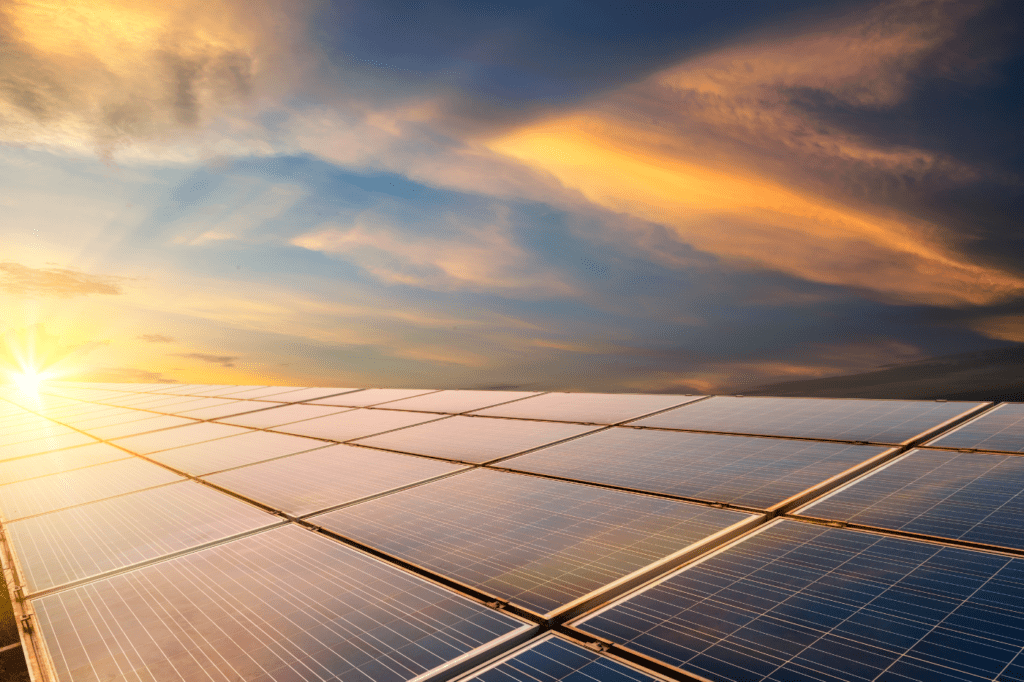
No, solar panels do not generate electricity at night because they rely on sunlight (or any light source that emits the fitting wavelengths) to initiate the photovoltaic process.
Without sunlight, the panels lack the energy needed to produce electricity. As a result, solar systems often include storage solutions, like batteries, to store excess energy generated during the day for use during nighttime.
Do Solar Panels Work in Rain or Cloudy Weather?
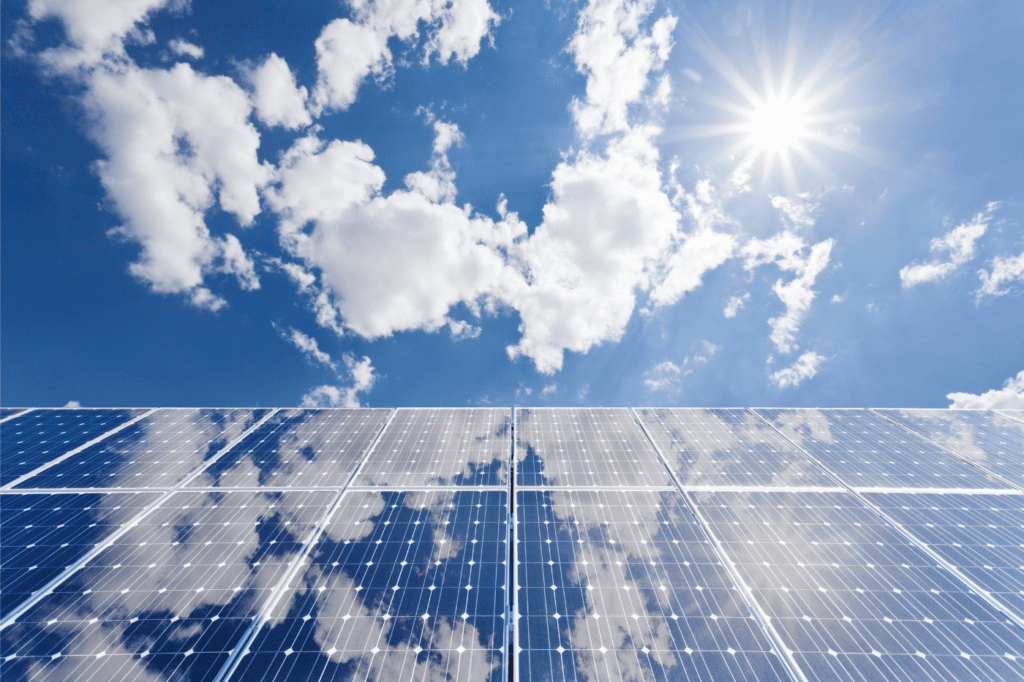
Yes, solar panels can still generate electricity on rainy or cloudy days, although their efficiency may be reduced. While direct sunlight is ideal, solar panels can harness diffuse sunlight and still produce power when the sky is overcast.
However, the energy output may be lower compared to sunny days.
Do Solar Panels Work in Winter?

Yes, solar panels can work in winter, but their performance may be affected by factors like shorter days and lower sun angles.
While the cold temperatures might enhance the conductivity of the solar cells, the overall energy output can be lower due to fewer daylight hours. However, advancements in solar technology and efficient system design help mitigate these effects.
For a more detailed exploration of how solar panels perform under specific conditions, be sure to check out our comprehensive blog post titled Can Solar Panels Work on Cloudy Days or at Night?
It provides in-depth insights into the intricacies of solar panel functionality during challenging weather and nighttime conditions.
Do Solar Panels Work with Artificial Light?
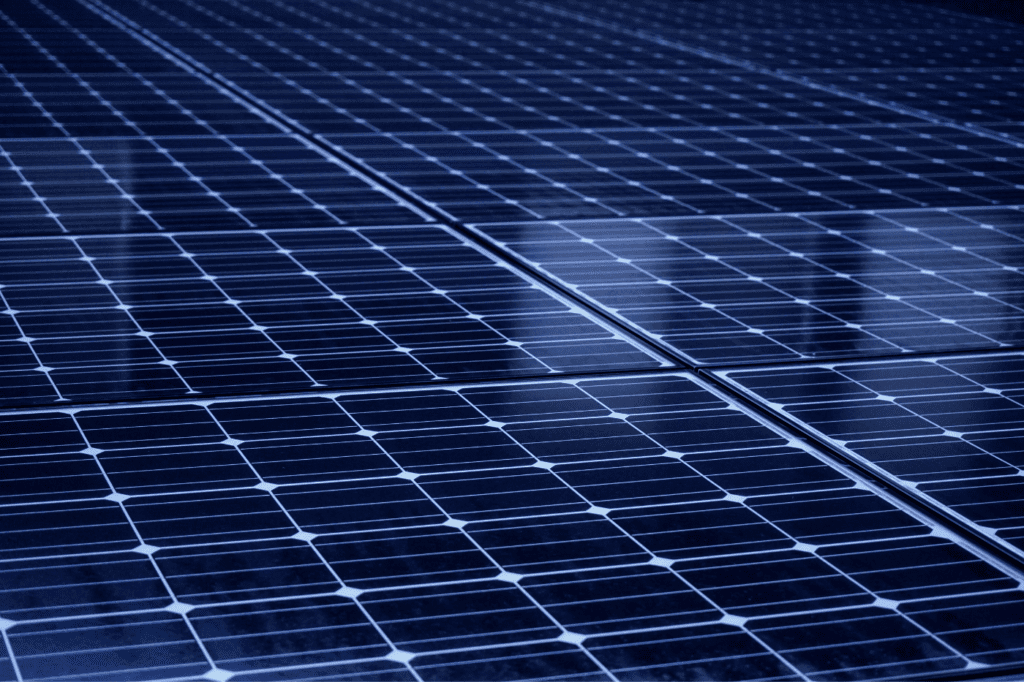
Yes, solar panels can generate electricity with artificial light, but the efficiency may vary based on the type and intensity of the light source.
While natural sunlight remains the optimal energy source, certain artificial lights, such as LEDs or incandescent bulbs, can still trigger the photovoltaic process.
For a deeper dive into how solar panels interact with artificial light sources, explore our detailed blog post: Can Solar Panels Work with Artificial Light?.
Conclusion
Now armed with this deeper understanding, you’re not just witnessing solar panels on rooftops; you’re comprehending the elegant science that turns sunlight into electricity.
Your exploration doesn’t have to end here—our blog stands ready to guide you through more intricate facets of renewable energy.
